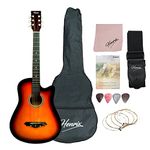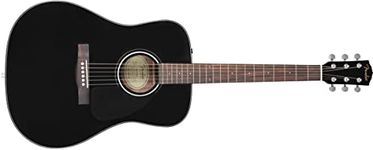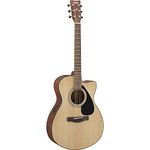10 bestAcoustic Guitarsof December 2025
112M consumers helped this year.
1
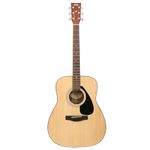
Yamaha F280 Acoustic Guitar – Natural Finish, 6-String Full-Size Guitar with Spruce Top & Rosewood Fretboard, Ideal for Beginners & Intermediate Players
Yamaha

9.9
2
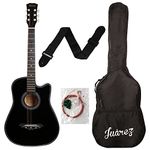
Juârez Acoustic Guitar Kit, JRZ38C/BK 38 Inch Cutaway, 038C with Bag, Strings, Pick and Strap, Black
JUAREZ

9.8
3
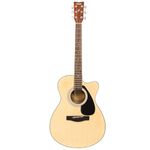
Yamaha FS80C Acoustic Guitar – 6-String, Stainless Steel, Natural Finish, Concert Body with Cutaway Design, Rich Tone, Comfortable Playability, Durable Build, Ideal for Practice & Performance
Yamaha

9.7
4

Yamaha F310 Acoustic Guitar – Natural Finish, 6 Steel Strings, Dreadnought Body, Spruce Top with Gloss Finish, Smooth Feel & Balanced Sound
Yamaha

9.5
5
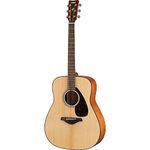
Yamaha Fg 800 Folk Acoustic Guitar, Natural - Rosewood
Yamaha

9.3
6

Kadence Electric Acoustic Guitar A06EQN (Ash Wood) - Semi Acoustic Guitar with Pickup, Inbuilt Tuner, Capo, Strings, Picks, Strap, Cable and Padded bag - Electro Guitars for Beginners & Professionals
Kadence

9.0
7
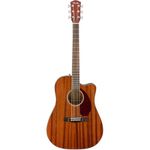
Fender Acoustic Guitar with Cutaway Electronics & Case CD-140SCE Mahogany 970213322
Fender

8.8
8
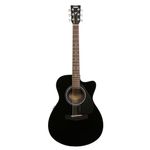
Yamaha FSX80C Semi-Acoustic Cutaway Guitar – Black Finish, 6 Strings, Full-Size, Built-in Pickup, Rich Tone, Comfortable Playability, Ideal for Beginners & Performers
Yamaha

8.5
9
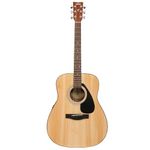
YAMAHA ?Spruce Wood Fx280 Natural Electro Acoustic Guitar
YAMAHA

8.3
10
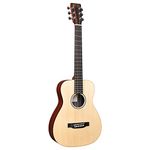
Martin LX1E Little Martin Solid Sitka Spruce/Mahogany HPL Acoustic/Electric w/Gig Bag Natural
Martin

8.0
Best Reviews Guide Newsletter
Get exclusive articles, recommendations, shopping tips, and sales alerts
Sign up for our newsletter to receive weekly recommendations about seasonal and trendy products
Thank you for subscribing!
By submitting your email address you agree to our Terms and Conditions and Privacy Policy
